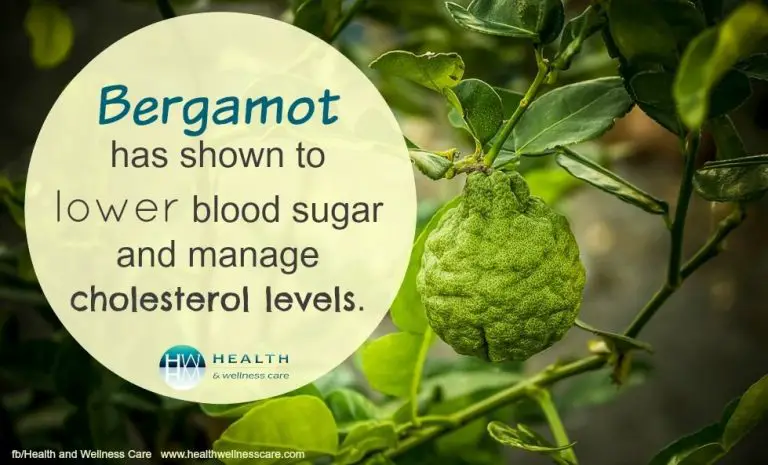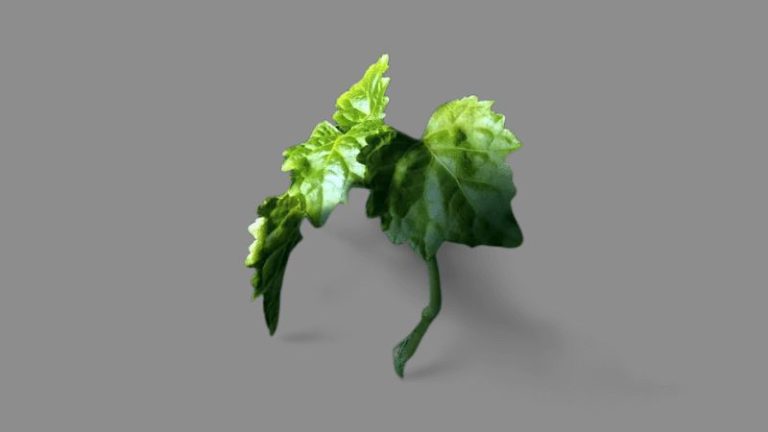What’S The Smell Of Old Books Called?
The distinctive scent of old books is instantly recognizable to most book lovers. As soon as you open the cover of an aged tome, you are greeted by a waft of dusty, sweet aroma emanating from the yellowed pages. This singular smell goes by many names – bibliosmia, the “old book smell”, or simply the scent of vanished time. But what exactly causes that nostalgic odor? While we may speak poetically of “the perfume of centuries of rising and setting suns”, as Ray Bradbury described it, the science behind that smell is fairly down to earth. The complex aroma is created through the slow chemical breakdown of compounds in paper over decades or centuries of aging. From lignin to vanillin, let’s explore the fascinating chemistry behind some of literature’s most evocative sensory memories.
Definition of Old Book Smell
The characteristic scent that emanates from old books is called “old book smell”, though it is also sometimes referred to as “bibliosmia”. This smell is deeply familiar to frequent readers, library-goers, and lovers of literature. Though the smell may vary slightly between different books and editions, it is commonly described as a sweet, woody, vanilla-like or toasty aroma. According to What Is Old Books Smell Like and Why Are We Addicted to It?, old book smell is often a pleasant, nostalgic scent that reminds bibliophiles of browsing quiet bookshops or perusing a favorite book from childhood. The smell is a subtle background note when you crack open an aged book or leaf through its pages. Old book smell refers specifically to the unique fragrance emitted from books, magazines, and newspapers that are decades or even centuries old due to chemical breakdown of compounds in the paper over time.
Origins and Causes
The characteristic scent of old books comes from the chemical breakdown of compounds in the paper, adhesives, and inks used to create them. As these materials age, they release volatile organic compounds that give old books their distinctive smell.
The main contributors to old book smell are lignin and benzenoid compounds present in the paper, which degrade over time. Lignin is a polymer that makes up a large component of plant cell walls. It contains aromatic rings that break down slowly into vanillin and benzenoid compounds, releasing their sweet, woody odors (Compound Interest, 2014).
Other volatile organic compounds like toluene and ethyl benzene are also released from book-binding glues as they deteriorate. The inks used can also contribute esters and aldehydes to the overall scent profile of old books over the years (Quora, n.d.).
Chemical Composition
The distinctive scent of old books is caused by hundreds of volatile organic compounds off-gassing from the paper and binding materials. According to scientific analysis, the main chemicals responsible for that nostalgic old book smell are:
Lignin – This substance found in all wood-based paper produces an aroma often described as woody, earthy or slightly vanilla. It is lignin that gives old books their characteristic old book scent. The lignin breaks down over time, releasing volatile compounds that cause the familiar vanilla-like odor.
Benzenoids – These aromatic organic compounds are produced as the lignin in paper decays. Benzenoids are found in flowers and spices like vanilla, giving old books a sweet, floral aroma.

Aldehydes – Aldehydes like vanillin are byproducts of degraded lignin. Vanillin provides old books with a vanilla-like scent.
Other plant-based chemicals like terpenes and furfural also contribute to the unique smell of vintage books.
The specific combination and concentration of these volatile organic compounds give old books their distinctive scent that book lovers cherish.
Vanillin
Vanillin is one of the main chemical compounds responsible for the characteristic scent of old books (1). It is an organic compound with the molecular formula C8H8O3. Vanillin has a sweet, pleasant vanilla-like odor, which is why old books often have a faint vanilla scent (2). It occurs naturally in vanilla beans, but can also be produced synthetically. Vanillin makes up a significant portion of the aromatic compounds found in aged paper.
When paper degrades over time, lignin within the paper breaks down and produces vanillin. Lignin is a complex polymer that makes up a major component of the cell walls in plants. As paper and books age, the lignin slowly decomposes and releases vanillin. There are trace amounts of vanillin naturally present in wood pulp as well. So vanillin is an important contributor to the distinctive smell of old books that reminds many people of vanilla.
Sources:
(1) https://thescentaur.com/paper-passion-perfume-by-wallpaper-steidl-review/
(2) https://www.reddit.com/r/Indiemakeupandmore/comments/16g3qc4/sirenmermaid_type_scents/
Lignin
Lignin is a complex organic polymer that forms a major component of the cell walls of plants. It is responsible for much of the distinctive scent of old books. As paper ages and deteriorates, compounds within the lignin break down into smaller molecules known as volatile organic compounds (VOCs). These include vanillin, ethyl vanillin, benzaldehyde, and benzenoids which give old books their characteristic sweet, woody, earthy aroma.1 The yellowing of pages as paper degrades is also partly due to the presence of lignin and its breakdown products.1
Lignin content varies depending on the plant source used to make the paper. Hardwood trees like aspen contain more lignin than softwood trees like pine. As a result, hardwood paper tends to have a stronger scent as it ages compared to softwood paper.1 The lignin scent also intensifies when old books are damp, as moisture accelerates the chemical breakdown. So the distinctive smell of old books is intrinsically linked to the slow degradation of lignin within the pages over decades.
Benzenoids
Benzenoids are another class of organic compounds that contribute to the distinctive scent of old books. They are derivatives of benzene and include chemicals like benzaldehyde, toluene, ethylbenzene, and xylenes. Benzaldehyde in particular adds an almond-like scent to old books (https://www.compoundchem.com/2014/06/01/newoldbooksmell/). The benzaldehyde forms as the lignin in the paper breaks down over time. The particular benzenoids present can vary based on the conditions the book was stored in.
Regional Differences
The smell of old books can vary in subtle ways between different regions and countries around the world. This is influenced by factors like climate, storage conditions, papermaking techniques and bookbinding traditions.
For example, old books from hot, humid tropical regions often have stronger, more pungent smells from mold and mildew. Meanwhile, books from arid desert regions frequently smell dry and papery.
In Europe, the smell of books can differ between Northern and Mediterranean countries. Northern European books often have an earthier, woodsy scent from the pine and spruce pulp used to make paper. Mediterranean books tend to be mustier from higher heat and moisture levels.
Regional bookbinding methods also have an impact. For instance, traditionally tanned leather bindings common in the UK and Ireland impart a distinct leathery aroma to old books. While rice paper bindings frequently used in East Asia contribute subtle floral notes.
Even within the same country, factors like storage conditions can cause variation. Old books kept in cool, dark places tend to retain stronger scents than those left out in the sun.
So while the nostalgic scent of old books evokes universal feelings worldwide, local influences create endless subtle variations to delight the senses!
Nostalgic Appeal
The distinctive scent of old books has a strong nostalgic appeal for many people. As soon as they smell that musty, vanilla-like odor, it can bring them back to childhood visits to the library or reading in a grandparent’s den (So Why Do We Love the Scent of Old Books So Much?, 2023). The smell triggers positive memories of exploring new worlds through books as a child. There is a comforting, familiar quality to the aroma that hearkens back to quiet times lost in the pages of a good book.
According to psychologists, this nostalgia factor gives the smell of old books an emotional pull. Smells are strongly tied to memory and emotion in the brain. So a whiff of that unique, aged book smell can vividly call to mind treasured reading experiences from the past. This gives the scent a sentimental, cozy feeling that people love (Why We Love The Smell Of Old Books, 2022). The nostalgia of old book smell is part of its enduring appeal.
Conclusion
This unique aroma we know as “old book smell” has complex origins but universal appeal. Each old book’s scent is an amalgam of lignin, vanillin, benzenoids and other organic compounds in the paper reacting with the environment over decades. While the chemical recipe varies, the nostalgia it evokes is universal. Old book smell transports us instantly back to childhood libraries, used bookstores, and discovering time-worn volumes on a shelf. Though subtle, it imprints on our minds to become intrinsically tied to the joy of reading and timeless knowledge. Whenever we breathe in its musty pages, it feels like coming home.






